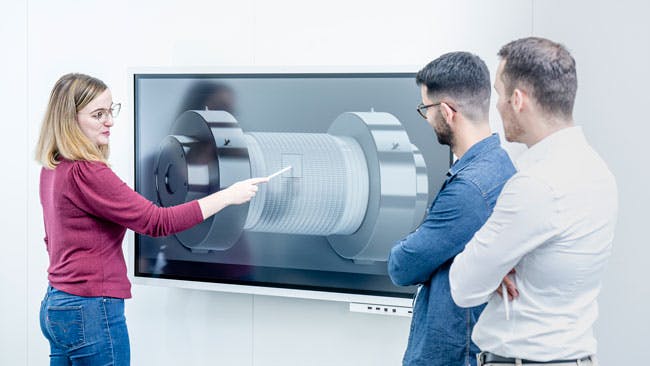Today, industries are integrating digital technologies, such as the Internet of Things (IoT), cloud computing and artificial intelligence to develop new solutions and tools for operations, maintenance, facility monitoring and employee training. This is the concept of “Industry 4.0”. The goal is to provide greater availability, performance, and flexibility while guaranteeing the safety of operators.
MAINTENANCE 4.0
Maintenance 4.0 encompasses a set of digitized operations and procedures that use digital data analysis and artificial intelligence to increase the reliability and lifespan of equipment. This type of maintenance helps to dramatically reduce the number of sudden breakdowns and improve productivity.
Digital technology has allowed us to shift from corrective to predictive maintenance. The next step is prescriptive maintenance, which entails the ability to define the operating parameters that are most favorable to the lifespan of equipment.
VIRTUAL REALITY AND 3D MODELING
These digitalization technologies make it possible to define intervention scenarios in advance, prepare teams and develop training modules representative of our industrial environments.
ROBOTICS
The digitalization of operations, along with the use of robotics, facilitates field operations in radioactive environments and improves working conditions for employees.
IOT
The Internet of Things (or connected objects) provides real-time data collection and monitoring through the use of connected sensors and low-energy wireless transmission technologies. This data contributes to real-time productivity tracking, anticipating breakdowns and enhancing the analysis of equipment functionality.
DATA ANALYSIS
Data science makes it possible to analyze, diagnose and predict events by combining real-time data and historical facility data with analytical and learning algorithms. Statistical processing of the data allows us to model processes and provide performance improvement leads to the “business line” teams.

